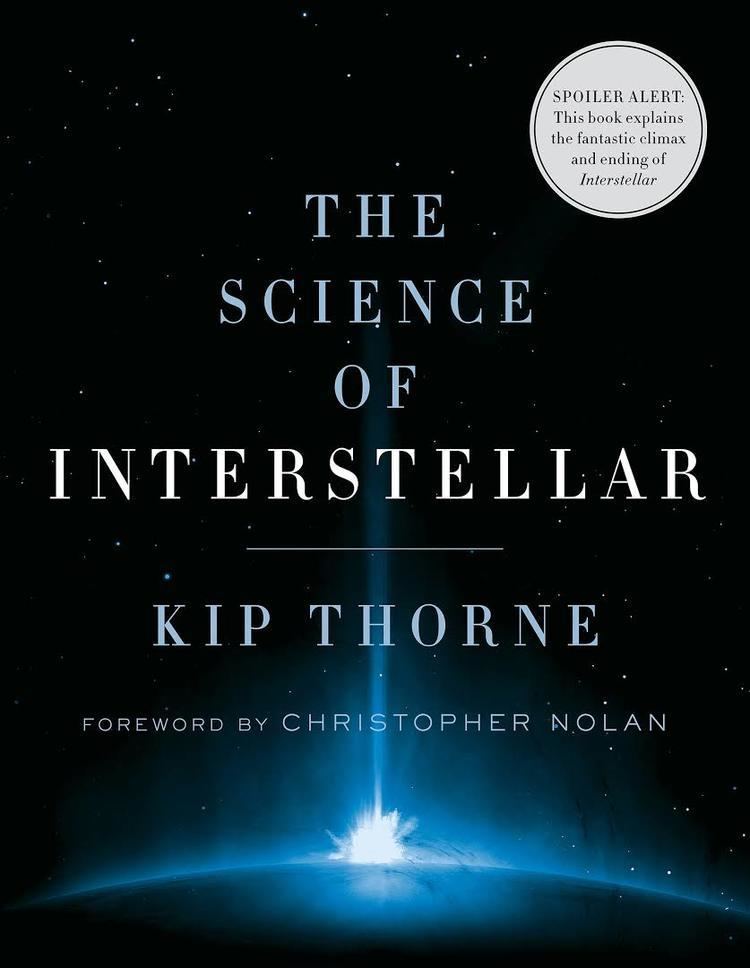8.2 /10 1 Votes8.2
4/5 Barnes & Noble Language English Publication date November 7, 2014 Pages 336 pp. Publisher W. W. Norton & Company | 4.2/5 Goodreads Country United States Media type Print Originally published 7 November 2014 Genre Non-fiction | |||||||||||||||||||||||||||||||||
 | ||||||||||||||||||||||||||||||||||
Similar Kip Thorne books, Astrophysics books, Non-fiction books | ||||||||||||||||||||||||||||||||||
The science of interstellar an illustration of a century of relativity with kip thorne
The Science of Interstellar is a non-fiction book by American theoretical physicist Kip Thorne with the foreword by Christopher Nolan. The book was initially published on November 7, 2014 by W. W. Norton & Company. This is his second full-size book for non-scientists after Black Holes and Time Warps, released in 1994. The Science of Interstellar is a follow-up text for the 2014 movie Interstellar, starring Matthew McConaughey, Anne Hathaway, and Jessica Chastain.
Contents
- The science of interstellar an illustration of a century of relativity with kip thorne
- The science of interstellar by kip thorne
- Overview
- Criticism
- References
The science of interstellar by kip thorne
Overview
Kip Thorne was the scientific consultant and an executive producer for the movie. In this book he explains the scientific concepts behind the film's cosmological ideas.
Criticism
The spoiler warning on the cover of The Science of Interstellar is largely unnecessary: it makes more sense to see the movie first, before reading the book, since you have to appreciate the film and its various plot points to better understand the science behind them that Thorne describes. The film and the book demonstrate that it is possible to create a movie rigorously grounded in science; whether that allows for a good movie is another question. (Thorne, at one point in the book, notes that some scientific complexity he sought had to be left out since they were limited in what could be “absorbed in a fast-paced two-hour film.” Interstellar, in fact, ran closer to three hours, and to many viewers dragged on at times.) Perhaps, though, both the film and the accompanying science book will inspire some to learn more about the science at the boundaries of what is known today.
—The Space Review
